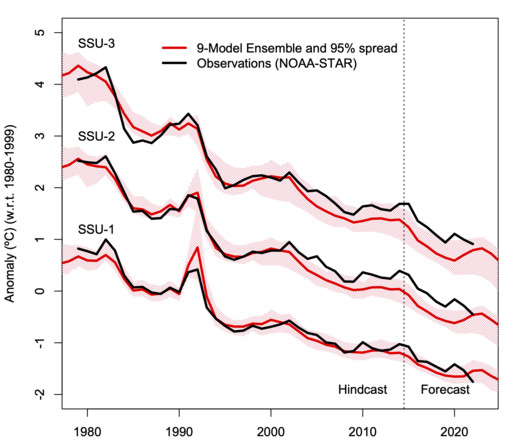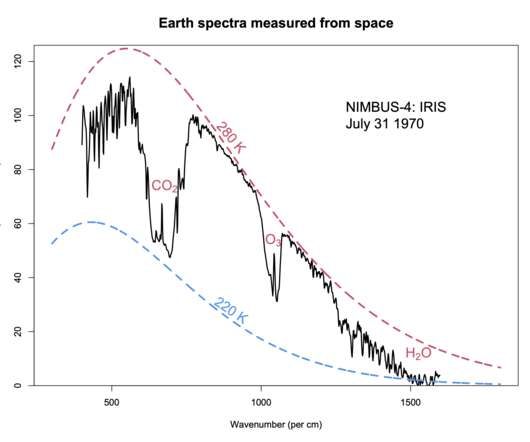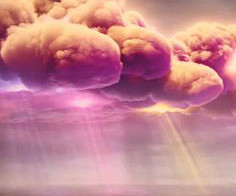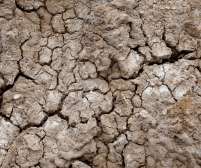CMIP6: Not-so-sudden stratospheric cooling
Real Climate
MAY 21, 2023
As predicted in 1967 by Manabe and Wetherald , the stratosphere has been cooling. The dominant factors are changes in CO2 (a cooling), ozone depletion (a cooling), warming from big volcanoes, and oscillations related to the solar cycle. So the net effect is less absorption and more emittence, and thus they give a cooling.














Let's personalize your content